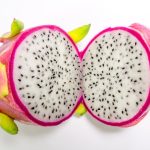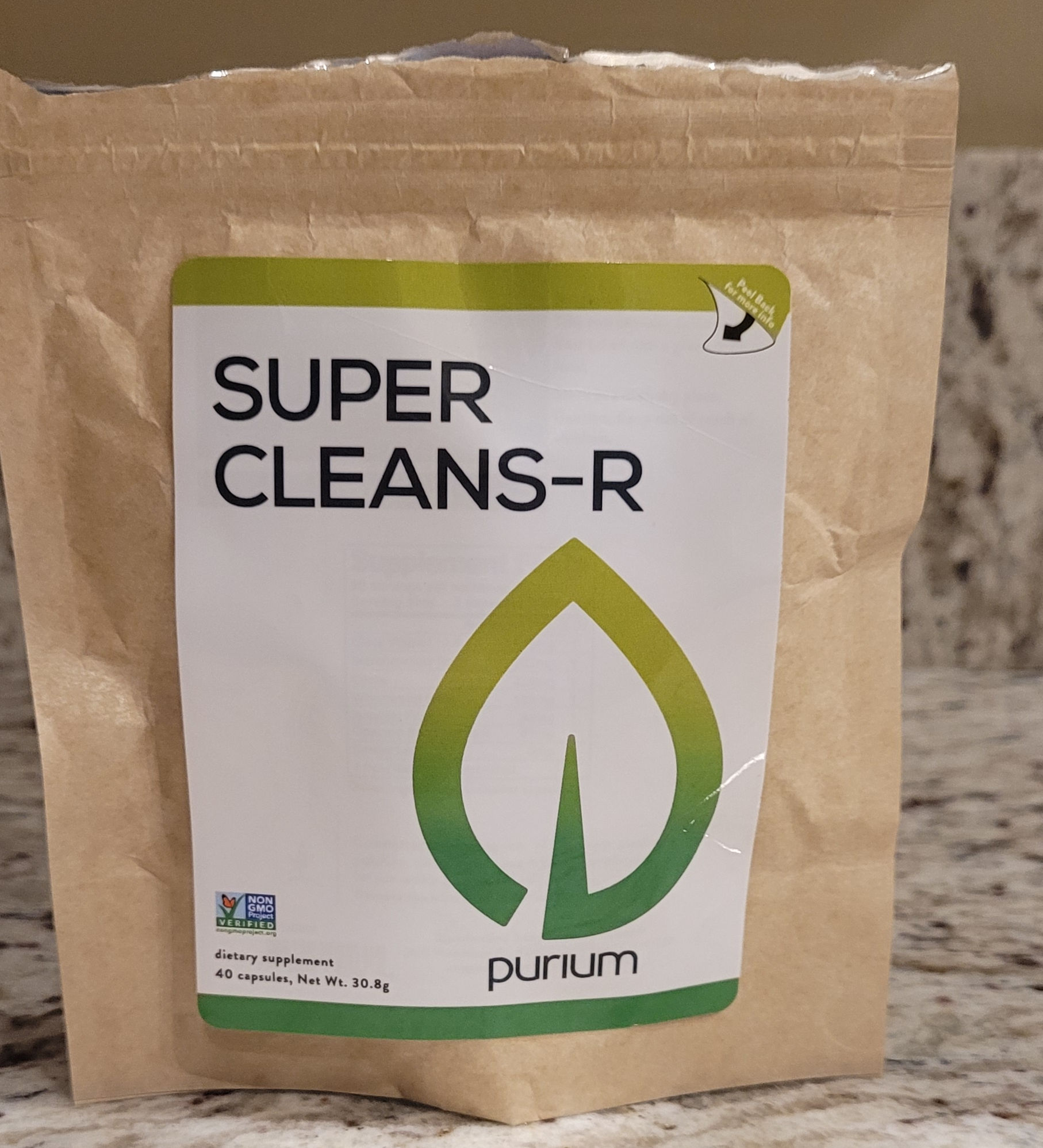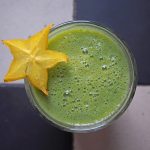Food dyes are used to help enhance colors and visual appeal. Especially on foods that may sit on the shelf for a long time. One of the most common food dyes used is red food dye. Specifically Red dye 40. Red dye 40 is a synthetic dye made from petroleum and oils. Other red dyes are carmine also known as natural red 4 which is a natural red dye and citrus red 2 is another one.
Food dye allergies or intolerances are becoming more prevalent in children. About 4% of people who suffer from allergies are affected by a food dye allergy. Red dye is the most common food dye allergy. You can have a food dye allergy to any color of dye.
Foods can contain food dyes that can’t be seen. For example a bottle of mustard that is yellow may contain red food dyes to enhance the color of yellow. Foods that can contain red food dyes are cereal, gelatins, candy, pudding, protein powders, chewing gum, and popsicles. Beverages such as sports drinks, and drink flavoring packages may also contain food dye. Dairy products like yogurt, flavored milk, and ice cream can also contain food dyes.
Reading Red Food Dye On Labels
It is important if you suspect a food dye allergy to know how to look for it on labels. Carmine can be labeled as carmine or as natural red 4. Red dye 40 has many names that it can go by; Allura red AC, Red 40, Red 40 Lake, FD&C Red no. 40 Aluminum lake, FD&C Red no. 40, E129, CI Food Red 17, or INS no. 129.
Symptoms
Symptoms of a food dye allergy can range in severity from mild to severe. Some symptoms may last for only a few minutes and need no intervention. Other more severe symptoms may need medicine, or the use of an epinephrine injection pen if Anaphylaxis occurs.
One of the main symptoms that people with a food dye allergy suffer from is gastrointestinal symptoms. These may include diarrhea, gas, or bloating right after ingesting foods with dye in them. Sometimes vomiting can occur. The vomiting usually stops once the food dye has made its way through the system. These symptoms usually pass after a short amount of time and need no intervention. If food dye is continually being ingested and vomiting or diarrhea continues you may need to watch out for dehydration.
Skin symptoms from a food dye allergy can be rashes, skin redness, itchiness, or even an increase in an eczema breakout. These skin symptoms usually are mild and go away on their own. Some people have benefited from taking Benadryl to help stop symptoms from getting worse.
Food dye allergies can also give a person cold or flu-like symptoms. These symptoms can be sneezing, itchy nose, watery eyes, itchy eyes, or an itchy throat. These symptoms can even be mistaken for seasonal allergies, or common allergies. Usually with the help of over the counter allergy medication or if needed prescription allergy medication these symptoms resolve.
It has also been said that people with a food dye allergy may also suffer from migraines. After ingesting food with the food dye a migraine may become triggered. Other symptoms may include dizziness, poor concentration, trouble sleeping, loss of appetite, swelling, joint pain, and in severe cases seizures. In a few cases severe allergic reactions may occur. This can cause tingling, itchiness in the mouth, swelling of lips, face, tongue, or throat, and difficulty breathing. Anaphylaxis is rare in being caused by a food dye allergy but it can happen.
There is some research showing that red food dye 40 is related to ADHD and hyperactivity. It has also been shown that children who struggle with ADHD and limit their red dye 40 intake improves behavioral symptoms of ADHD. Hyperactivity symptoms that your child may suffer from after ingesting red dye 40 is constant fidgeting, inability to concentrate, excessive movement, inability to wait their turn, and excessive talking. It is thought that red dye 40 causes behavioral symptoms because it causes chemical changes in the brain, inflammation from the body’s allergic response, as well as depletes the body of essential minerals such as zinc.
Diagnosis
If you suspect that you or your child has a dye allergy, start keeping a food diary. Write down everything that you or your child eats and a list of symptoms or reactions after the foods you eat. Do not self diagnose, talk with your healthcare provider to see if this is what you may be suffering from. There are tests that can be done. There is a blood test to check for carmine and annatto dyes. There are also food additive patch panel tests or a skin prick test that can be used for diagnosing as well.
Treatment
There is no cure for a food dye allergy. The best way to alleviate symptoms is to decrease the amount you are consuming, or to cut it out of your diet completely. This may seem daunting at first. Knowing how to read an ingredient label to know how to look for food dyes is the first step. Knowing what foods are most likely to have food dye additives in them is the next. Many foods these days have no added coloring and are more natural so there are other choices. If the food dyes are not listed on the packaging you can always look up the manufacturer online to see what food dye is used.
Conclusion
Food dye allergies are becoming more prevalent in children. It is important to identify them with your healthcare provider. Food dyes can even be used in cafeteria foods. It is important to let your child’s school know about any food dye allergies they may have. You may also be able to get a list of cafeteria food ingredients since your child has an allergy so that you can see what they are able to have at school. Monitoring what your child eats at home is the easy part, but teaching your child about their allergy so they know what to stay clear of is also important as they get older. People who have food dye allergies live a normal healthy life that is manageable and isn’t too restrictive.
Give your child all the nutrition they need! Epi-Genius Kids with vitamins A, C, D & E! A delicious nutritious chocolate drink!
Red dye is the most common food dye allergy! You need to be able to identify red food dye on labels! #HealthSurgeon
READ MORE: Rash Around Mouth: Is It A Food Allergy
Sources:
https://www.healthline.com/nutrition/red-dye-40#identification
https://www.verywellhealth.com/red-and-yellow-may-be-the-cause-3956894
https://healthyliving.azcentral.com/signs-symptoms-of-an-allergy-to-red-dye-12178517.html
https://www.medicalnewstoday.com/articles/red-dye-40-adhd#summary
https://www.richmondregister.com/community/growing-up-food-dye-allergies-in-children/article_8f12df02-d89e-5336-b881-08a9a970e7d5.html









